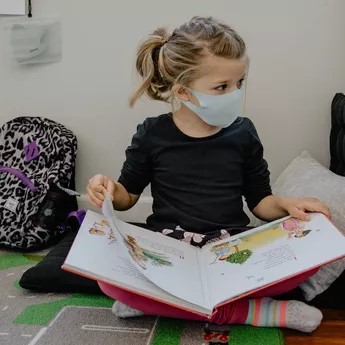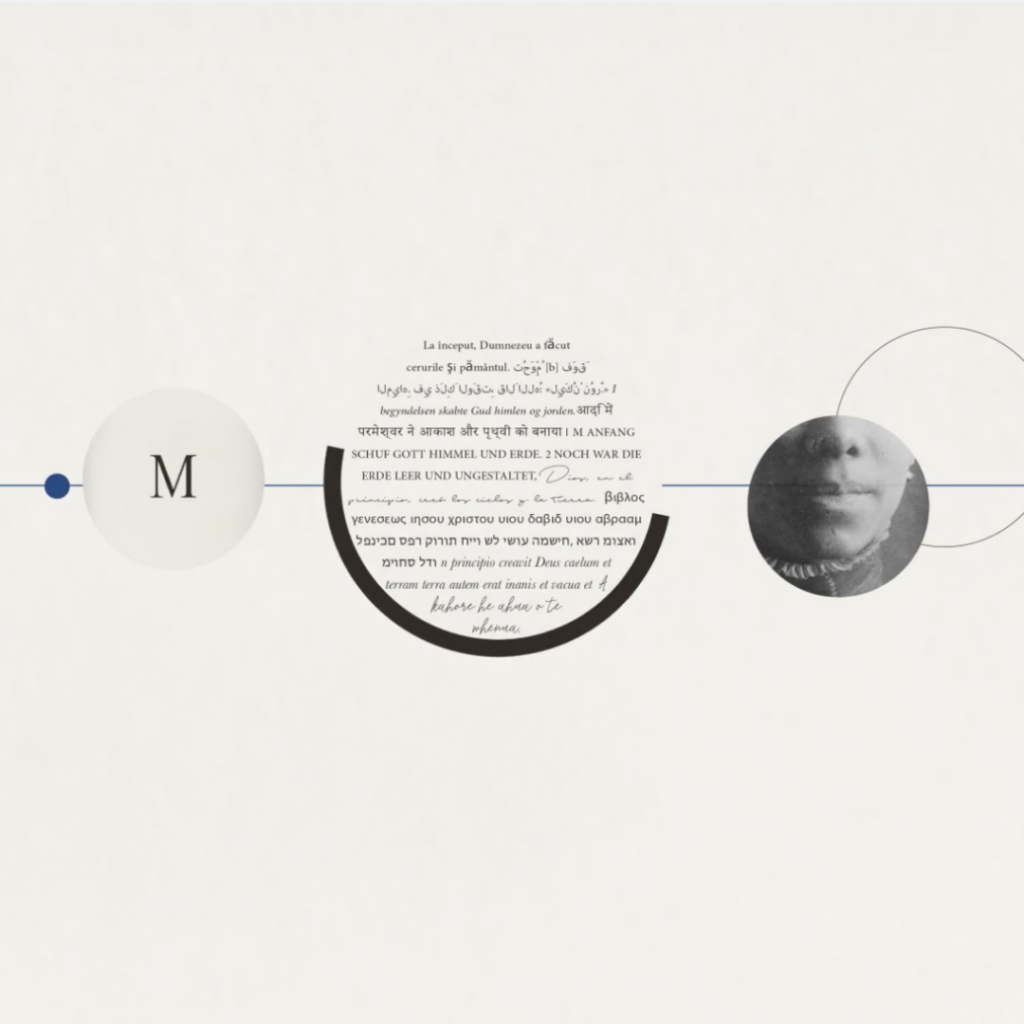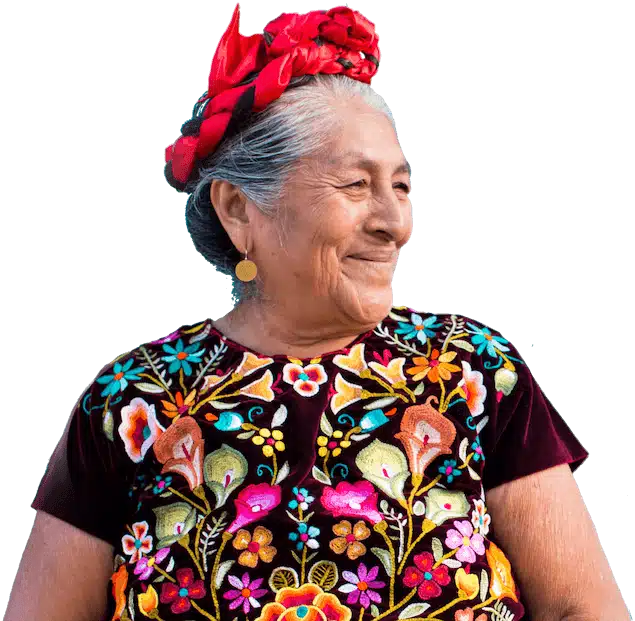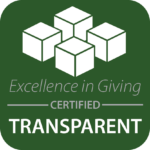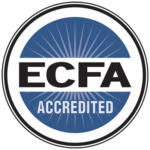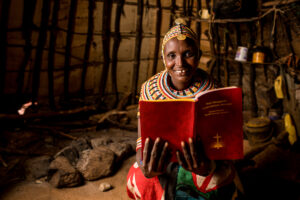Bible translation is community work. It involves the community of people who speak the language, the community of believers in that language, and the community of the wider church participating in God’s mission.
Seed Company partners with hundreds of Bible translation organizations around the globe to bring God’s Word to those still waiting to receive it, in a language that speaks to their hearts. Watch the video or continue reading below to discover how we make that happen.
Step 1: Discover
The first question is usually, “Where should a new translation project begin?” God stirs people with a desire for his Word in their mother tongue, and they make those desires known. Then, key agencies come alongside to help. To determine the needs of the community, they ask a number of questions:
- How many people speak this language?
- Are there local speakers who can be trained as translators?
- Are there geographic, political, religious, or infrastructural challenges?
- Are there individuals in the community prepared to take on the task?
- Is there potential for outreach or church planting?
Read how God stirs people with a desire for his Word in their mother tongue in the Discovery step of Bible translation.
Step 2: Strategize
There is no one-size-fits-all approach when a people group is ready to begin a project. Each translation team must customize its strategy.
First, the local church identifies the most needed sections of Scripture—those that will have the most immediate impact.
Then they ask:
“What is the most culturally appropriate media to use to place Scripture into people’s hands and hearts?”
Because many of the remaining Bibleless people groups live in oral cultures, the answer is often not printed Scriptures. Other effective tools are the “JESUS” Film, Oral Bible Storytelling (OBS), and audio recordings of Scriptures.
Some translation projects use a video approach for Deaf communities, where the primary form of communication is a national or cultural sign language.
Whatever the strategy, the local Christian community and Bible translation organizations develop a project plan and schedule, as well as a budget and training regimen for the translators.
Step 3: Translate
Immediately after the plan is set, the translation process begins!
The team follows four key steps:
- Translators analyze each verse and put it into the local language.
- Next, they test the translation by reading it in community gatherings. They gather feedback on whether the text sounds natural and has a clear meaning.
- After the team makes any necessary corrections, they submit their work to highly experienced Bible translation consultants for another review. The consultants thoroughly check the translation for accuracy.
- Finally, the translators proofread the translation to ensure quality and accuracy before publishing audio or print versions (or both).
All along the way, progress is measured, and prayer and financial partners are kept up to date and engaged.
Get a glimpse into some of the daily challenges of Bible translation.
Step 4: Share
Translators don’t wait until the whole Bible is done to start giving God’s Word to people in their heart language. People need it now! That means whenever portions of Scripture are completed and checked, they are distributed.
As soon as audio recordings are finished, they can be easily shared or loaded on SD cards and cell phone apps. Local Christians might:
- show the “JESUS” film
- start Bible storytelling groups
- distribute printed Scriptures
- share video versions for sign language communities
The sooner community members receive the translated and checked Scriptures, the sooner they experience the impact.
Finally, when an entire project is complete, the translation team is joined by the partners who have been praying for and investing in their efforts. At the dedication of new Scripture, they celebrate—with an amazing and unforgettable cultural experience—all that God has done!
Read how the Word of God is distributed during this step of Bible translation.
Step 5: Evaluate
As Scripture portions are completed, it’s time to evaluate their overall impact:
- What were the project’s challenges?
- What are the continuing needs?
- Is God’s Word being distributed effectively and efficiently?
Assessing progress and answering questions all along the way helps everyone involved find room for improvement.
But the best question to ask is always how. How has translated Scripture changed an individual? A language community? All God’s people desperately need His Word in the language that speaks to their hearts. It’s powerful, and it changes lives.
Read one example of how Scripture changes hearts in the Evaluation step of Bible translation.

